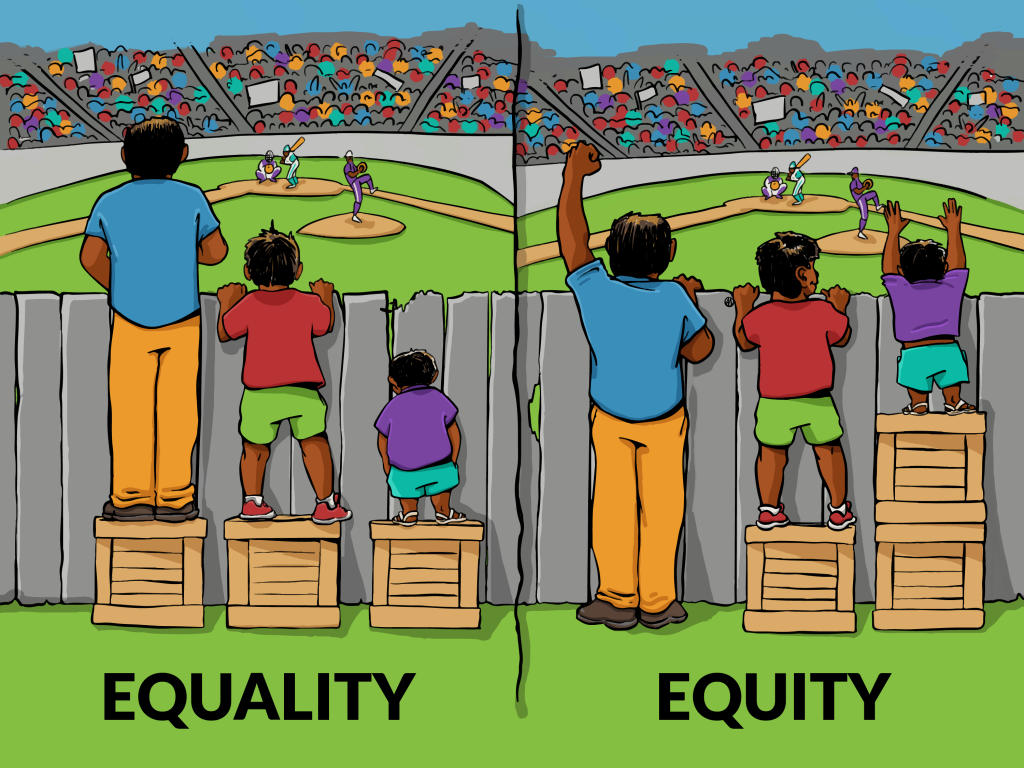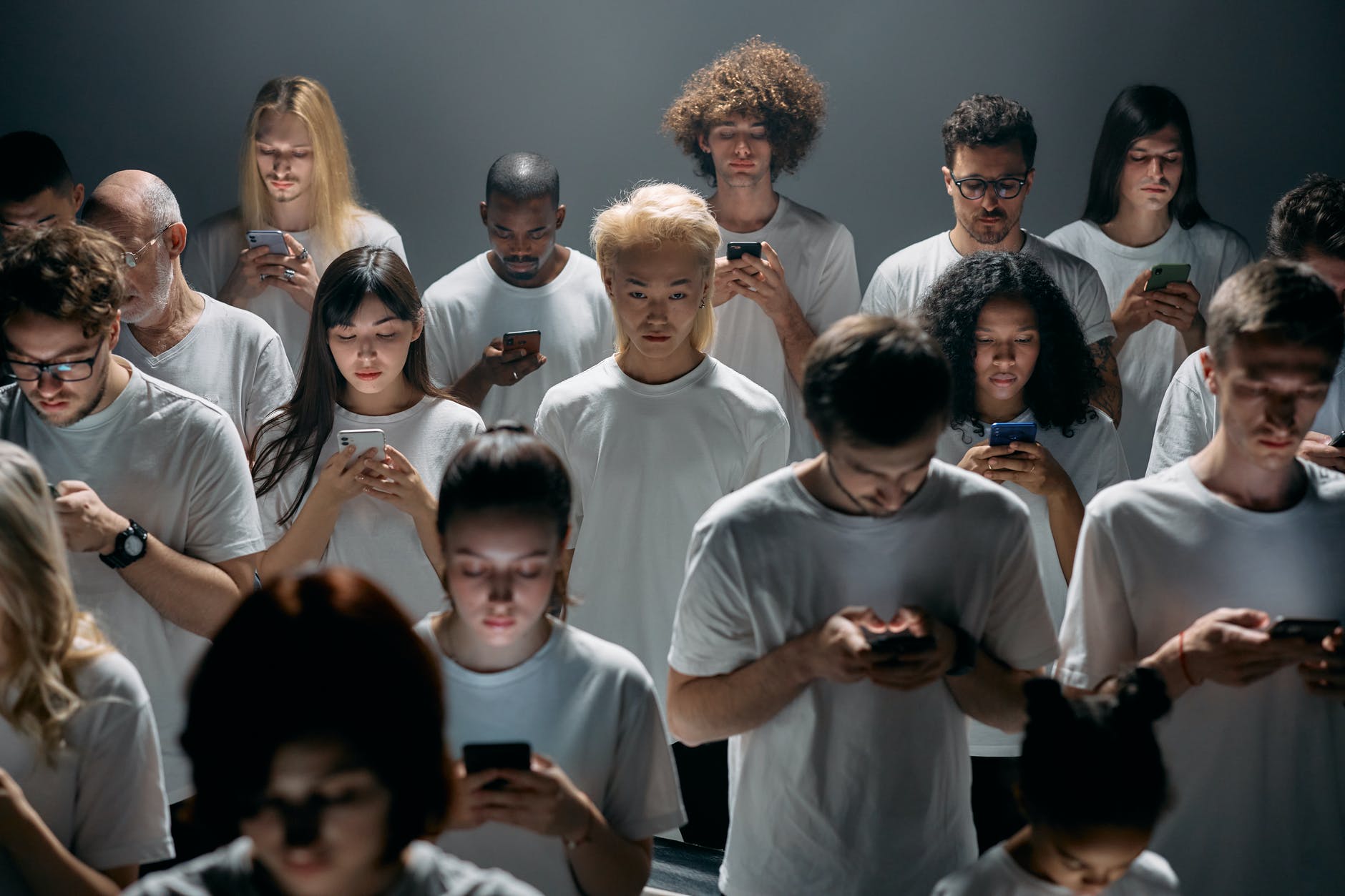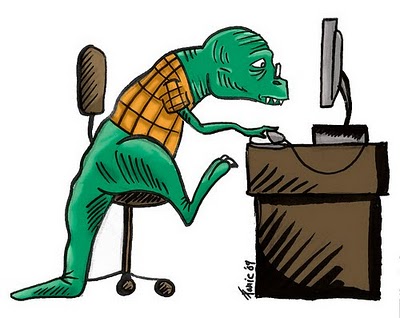In order to effectively debate the ability of technology to enhance student learning we need to define and clearly identify what technology is and looks like in a classroom setting. According to the Britannica Online Dictionary, “Technology is the application of scientific knowledge to the practical aims of human life or, as sometimes suggested to change human life.” If the intent is to improve student learning with technology, how do we effectively select the tools that should be used most often to create the best outcome for our learners?
Teachers are faced with an overwhelming list of technology tools that can be easily accessed in their teaching day. It is important that we determine our reasons for use and not dive into every popular app or tool that comes across our desks. We need to reflect critically on our technology choices and chose to use the tools that are truly benefiting the students in our classrooms. Students all learn differently and have different needs, selecting technology that enhances student learning is a challenge to coordinate for each students. However, if we are utilizing technology tools like a one size fits all method than what good are we doing for our students.
Lat weeks debates did a really good job of explaining and defining both sides of the fence. I appreciated the work done by Brittany M and Megan H as they were able to compile several important key points about the value of technology in the classroom. I found the article about “The Roles of Technology in Learning” a good piece to read. The article highlights 5 key concepts to using technology in the classroom – Concept 1 – Access, Concept 2 – Communication and Feedback, Concept 3 – Teacher and Student Roles, Concept 4 – Teacher Time and Concept 5 – Purpose and Audience.

The greatest concern with technology in the classroom continues to be the concern around technology being a constant distraction for our students. Nicole R and Daryl S provided strong evidence that technology continues to be a distraction to students if not managed and implemented well in the classroom. Dr. Alhumaid writes the following concerns about the negative impact of using technology in the classroom. The following four points are a good reminder that maybe there is nothing wrong with pen and paper learning.
• Deterioration of students’ competencies in reading, writing, and arithmetic, which are the basic three skills any student is expected to master;
• Dehumanization of education in many environments and distortion of the relationship between teachers and students;
• Isolation of students in a digital and virtual world that distances them from any form of social interaction;
• Deepening of social inequalities between the haves and the have-nots with students who can possess technology and those who cannot.
As we continued our debate of technology we had an opportunity to explore our thoughts around whether or not technology makes a more equitable society. Whenever equity becomes the topic of debate I always remember the baseball field picture. Education and the use of technology as learning tools shouldn’t be a one size fits all.

Steve P, Tracy K and Nicole W provided us with valuable information to consider when determining what works the best for all of our learners. It is important to ensure that all learners have what they need to effectively learn. I found it interesting and inspiring to know that UNICEF records that education is reaching more students globally. According to the article written by Matt Jenner it says that “since 2007 globally we have grown from 57 countries providing formal education to 173 countries providing education”.
Christina P, Matt F and Amaya A reminded us that even though we have attempted to make education more equitable for all we still have a ways to go. The impact of COVID 19 not only showed us that we were not ready as teachers to teach in a digital world but the world wasn’t all ready for it either. The digital divide became more prominent and concerning as we worked through the onset of COVID. Teachers, students and parents were left to determine what schooling was going to look like and it certainly was not equitable for all.
Technology is a powerful tool and certainly has a place in education. The effectiveness of our technology choice greatly relies on our ability as teachers to now our students needs and create a learning environment that will support there needs be with or without technology.
Until our next Debate!



